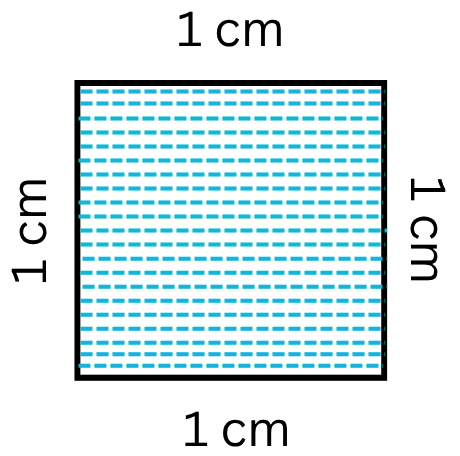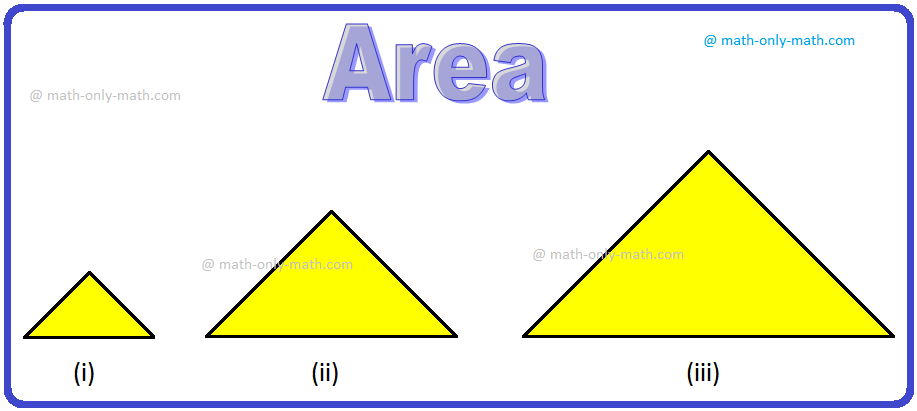Subscribe to our ▶️YouTube channel🔴 for the latest videos, updates, and tips.
Home | About Us | Contact Us | Privacy | Math Blog
Bisector of the Angle which Contains the Origin
We will learn how to find the equation of the bisector of the angle which contains the origin.
Algorithm to determine whether the origin lines in the obtuse angle or acute angle between the lines
Let the equation of the two lines be a1x + b1y + c1 = 0 and a2x + b2y + c2 = 0.
To determine whether the origin lines in the acute angles or obtuse angle between the lines we proceed as follows:
Step I: Obtain whether the constant terms c1 and c2 in the equations of the two lines are positive or not. Suppose not, make them positive by multiplying both sides of the equations by negative sign.
Step II: Determine the sign of a1a2 + b1b2.
Step III: If a1a2 + b1b2 > 0, then the origin lies in the obtuse angle and the “ + “ symbol gives the bisector of the obtuse angle. If a1a2 + b1b2 < 0, then the origin lies in the acute angle and the “ Positive (+) “ symbol gives the bisector of the acute angle i.e.,
a1x+b1y+c1√a21+b21 = + a2x+b2y+c2√a22+b22
Solved examples on the equation of the bisector of the angle which contains the origin:
1. Find the equations of the two bisectors of the angles between the straight lines 3x + 4y + 1 = 0 and 8x - 6y - 3 = 0. Which of the two bisectors bisects the angle containing the origin?
Solution:
3x + 4y + 1 = 0 ……….. (i)
8x - 6y - 3 = 0 ……….. (ii)
The equations of the two bisectors of the angles between the lines (i) and (ii)
3x+4y+1√32+42 = + 8x−6y−3√82+(−6)2
⇒ 2 (3x + 4y + 1) = (8x - 6y - 3)
Therefore, the required two bisectors are given by,
6x + 8y + 2 = 8x+ 6y - 3 (taking `+' sign)
⇒ 2x - 14y = 5
And 6x+ 8y + 2 = - 8x + 6y + 3 (taking `-' sign)
⇒ 14x + 2y = 1
Since the constant terms in (i) and (ii) are of opposite signs, hence the bisector which bisects the angle containing the origin is
2 (3x + 4y + 1) = - (8x - 6y - 3)
⇒ 14x + 2y= 1.
2. For the straight lines 4x + 3y - 6 = 0 and 5x + 12y + 9 = 0 find the equation of the bisector of the angle which contains the origin.
Solution:
To find the bisector of the angle between the lines which contains the origin, we first write down the equations of the given lines in such a form that the constant terms in the equations of the lines are positive. The equations of the given lines are
4x + 3y - 6 = 0 ⇒ -4x - 3y + 6 = 0 ……………………. (i)
5x + 12y + 9 = 0 ……………………. (ii)
Now the equation of the bisector of the angle between the lines which contains the origin is the bisector corresponding to the positive symbol i.e.,
−4x−3y+6√(−4)2+(−3)2 = + 5x+12y+9√52+122
⇒ -52x – 39 y + 78 = 25x + 60y + 45
⇒ 7x + 9y – 3 = 0
Form (i) and (ii), we have a1a2 + b1b2 = -20 – 36 = -56 <0.
Therefore, the origin is situated in an acute angle region and the bisector of this angle is 7x + 9y – 3 = 0.
● The Straight Line
- Straight Line
- Slope of a Straight Line
- Slope of a Line through Two Given Points
- Collinearity of Three Points
- Equation of a Line Parallel to x-axis
- Equation of a Line Parallel to y-axis
- Slope-intercept Form
- Point-slope Form
- Straight line in Two-point Form
- Straight Line in Intercept Form
- Straight Line in Normal Form
- General Form into Slope-intercept Form
- General Form into Intercept Form
- General Form into Normal Form
- Point of Intersection of Two Lines
- Concurrency of Three Lines
- Angle between Two Straight Lines
- Condition of Parallelism of Lines
- Equation of a Line Parallel to a Line
- Condition of Perpendicularity of Two Lines
- Equation of a Line Perpendicular to a Line
- Identical Straight Lines
- Position of a Point Relative to a Line
- Distance of a Point from a Straight Line
- Equations of the Bisectors of the Angles between Two Straight Lines
- Bisector of the Angle which Contains the Origin
- Straight Line Formulae
- Problems on Straight Lines
- Word Problems on Straight Lines
- Problems on Slope and Intercept
11 and 12 Grade Math
From Bisector of the Angle which Contains the Origin to HOME PAGE
Didn't find what you were looking for? Or want to know more information about Math Only Math. Use this Google Search to find what you need.
Recent Articles
-
Volume of a Cuboid | Volume of Cuboid Formula | How to Find the Volume
Jul 20, 25 12:58 PM
Cuboid is a solid box whose every surface is a rectangle of same area or different areas. A cuboid will have a length, breadth and height. Hence we can conclude that volume is 3 dimensional. To measur… -
5th Grade Volume | Units of Volume | Measurement of Volume|Cubic Units
Jul 20, 25 10:22 AM
Volume is the amount of space enclosed by an object or shape, how much 3-dimensional space (length, height, and width) it occupies. A flat shape like triangle, square and rectangle occupies surface on… -
Worksheet on Area of a Square and Rectangle | Area of Squares & Rectan
Jul 19, 25 05:00 AM
We will practice the questions given in the worksheet on area of a square and rectangle. We know the amount of surface that a plane figure covers is called its area. 1. Find the area of the square len… -
Area of Rectangle Square and Triangle | Formulas| Area of Plane Shapes
Jul 18, 25 10:38 AM
Area of a closed plane figure is the amount of surface enclosed within its boundary. Look at the given figures. The shaded region of each figure denotes its area. The standard unit, generally used for… -
What is Area in Maths? | Units to find Area | Conversion Table of Area
Jul 17, 25 01:06 AM
The amount of surface that a plane figure covers is called its area. It’s unit is square centimeters or square meters etc. A rectangle, a square, a triangle and a circle are all examples of closed pla…






New! Comments
Have your say about what you just read! Leave me a comment in the box below. Ask a Question or Answer a Question.